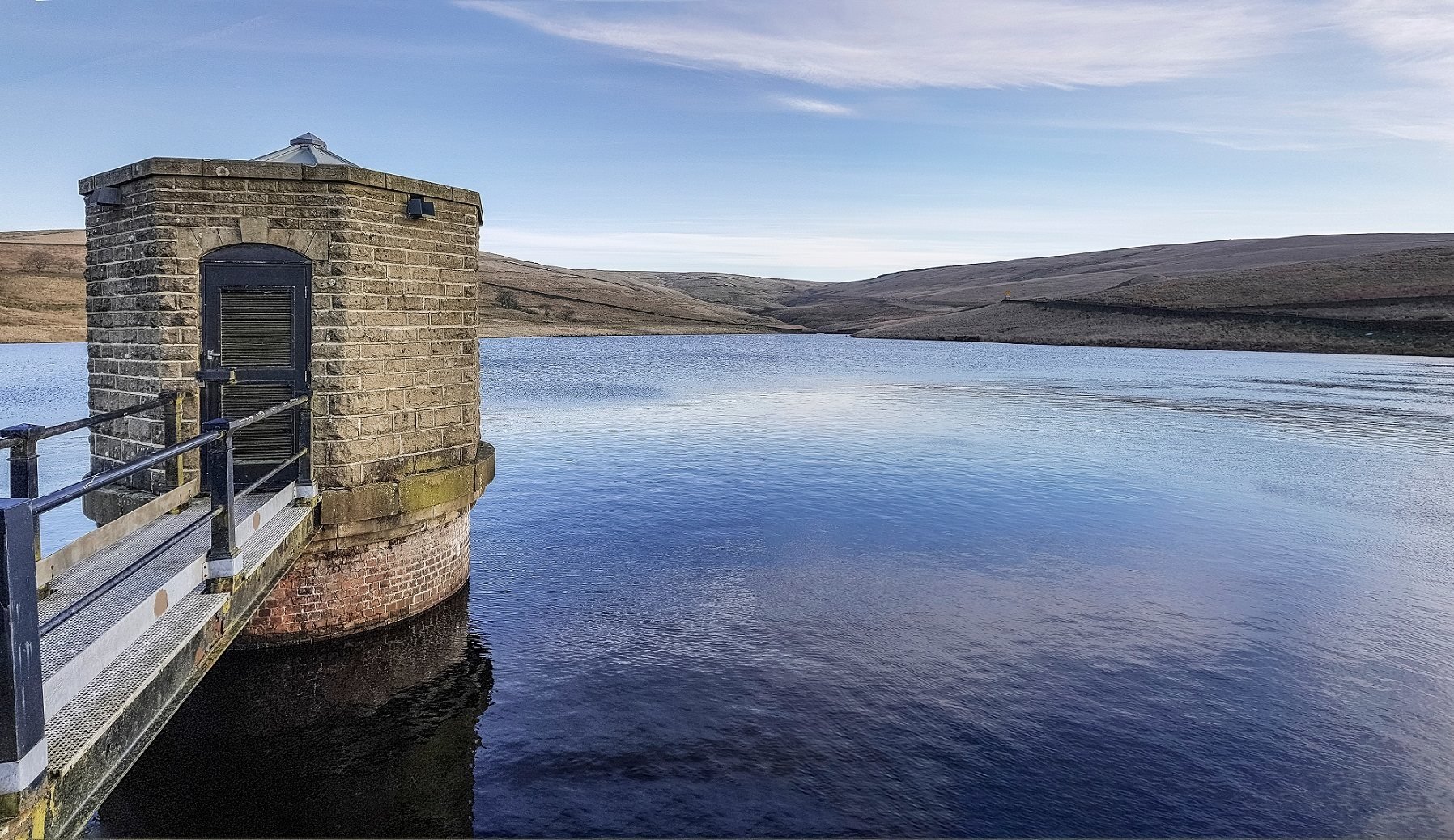Harnessing digital to transform water resource delivery
As they develop strategic options to expand England’s water supply, water companies can maximise the benefits of these major programmes by putting in place digital strategies, plans and solutions that will support their delivery and operation.
The National Infrastructure Commission has estimated that by 2030 there will be a need for new water supply equivalent to an additional 9 million people across the UK. To respond to this challenge, the water industry has identified 18 Strategic Resource Options (SROs) for England including reservoirs, water transfers between regions, and water reuse schemes. The options are subject to the Regulators’ Alliance for Progressing Infrastructure Development (RAPID) gated process, with the majority working towards gate 3 (developed design and finalised feasibility) in 2023.
The unprecedented size and complexity of the resource options presents new opportunities and challenges for water companies. These projects generate a huge volume of data, have a large number of stakeholders, have long delivery timescales, have a demanding set of required outcomes, and will have a lasting impact on customers and the environment. There are immediate challenges around data capture and design collaboration. In the longer term, there is the question of how to maximise the wider benefits the projects can deliver. All this requires a thought-out approach to digital technology and information – one which considers capability and culture alongside systems and tools.

Strategy and roadmap
Two key elements of this comprehensive approach are a digital strategy and a digital roadmap. By creating a proactive digital strategy to define your vision and direction, and a roadmap to outline practical steps to achieve your objectives, water companies can realise immediate benefits, including:
• increased efficiency and reduced rework across the RAPID gateways by implementing a consistent, common language for the exchange and reuse of asset information
• systems-level decision making across the resource options by establishing a ‘golden thread’ of information
• actionable data that can help support progress towards net-zero ambitions and enhanced social outcomes
• reduced cost, timelines, and risk by facilitating a collaborative delivery model based on common and connected systems
• ensuring accurate, trusted information is accessible across all parties to enable collaboration and support decision making.
When helping clients develop strategies and roadmaps, our approach is to apply the OPTICS framework which explores six dimensions of digital: organisation and governance, process, technology, information, culture and sourcing (of partners). This holistic approach will help maximise the value from digital technology and ways of working.
Establishing a common data language
Vast quantities of engineering, environmental and planning information will be created across many teams throughout SRO programme delivery. To enable information sharing between teams and future digital twins, a common data language needs to be established at the design stage and used throughout the asset lifecycle to enable collaboration, reduce risk and drive efficiency. This approach is worth the effort: it’s been estimated that effective information management secures between £5.10 and £6 of labour productivity for every £1 invested. (Source: KPMG)
By developing key documents that are aligned to ISO 19650 (Building Information Modelling), water companies can ensure key information milestones across the RAPID gateways and DCO process are identified, and a common asset data language established for the development of project and asset information.
The value of digital twins
RAPID has made it a requirement (within the gate 3 preferred solution option) that water companies develop a digital twin and explain how this will influence the solution in design, construction and operation.
Digital twins are the key to unlocking the value of information: enabling better decisions to be made based on high quality, relevant and accurate information, updated by live data flowing from the physical asset and other relevant sources. In the UK, the proposed National Digital Twin has been cited by the National Infrastructure Commission as having the potential to unlock an additional £7bn per year of benefits across the UK infrastructure sector.
The development of a digital twin begins with a centralised connected data environment established for the design of each option: an interconnected set of systems which enables the secure exchange of project information across teams. As the resource option progresses through the gated process, this environment will evolve from project-focused to a federated environment which connects with the physical asset, the natural environment and the digital twins of other SROs. While we do not know what technology will be available in future, water companies can set their technology principles now to ensure present decisions do not impact future benefits.
Time to map your project’s digital future
Now is the perfect time for water companies to significantly enhance programme delivery through technology, information, and innovation. A digital strategy and roadmap provide a clear plan of how to utilise technology and information to drive efficiencies and improve programme performance. By defining the digital strategy during RAPID gate 3 mobilisation, water companies can address immediate challenges around data capture while laying the foundations for wider benefits. Mott MacDonald has successfully delivered major programmes, shaped digital strategies and deployed Moata digital solutions, for some of the world’s largest asset owners and operators – bringing cross-sector, industry-leading thinking to the water resource options.
Subscribe for exclusive updates
Receive our expert insights on issues that transform business, increase sustainability and improve lives.



